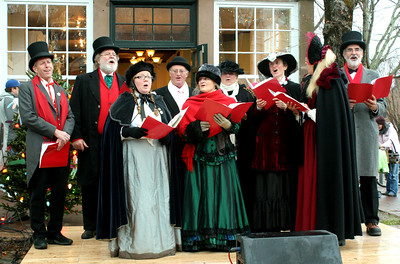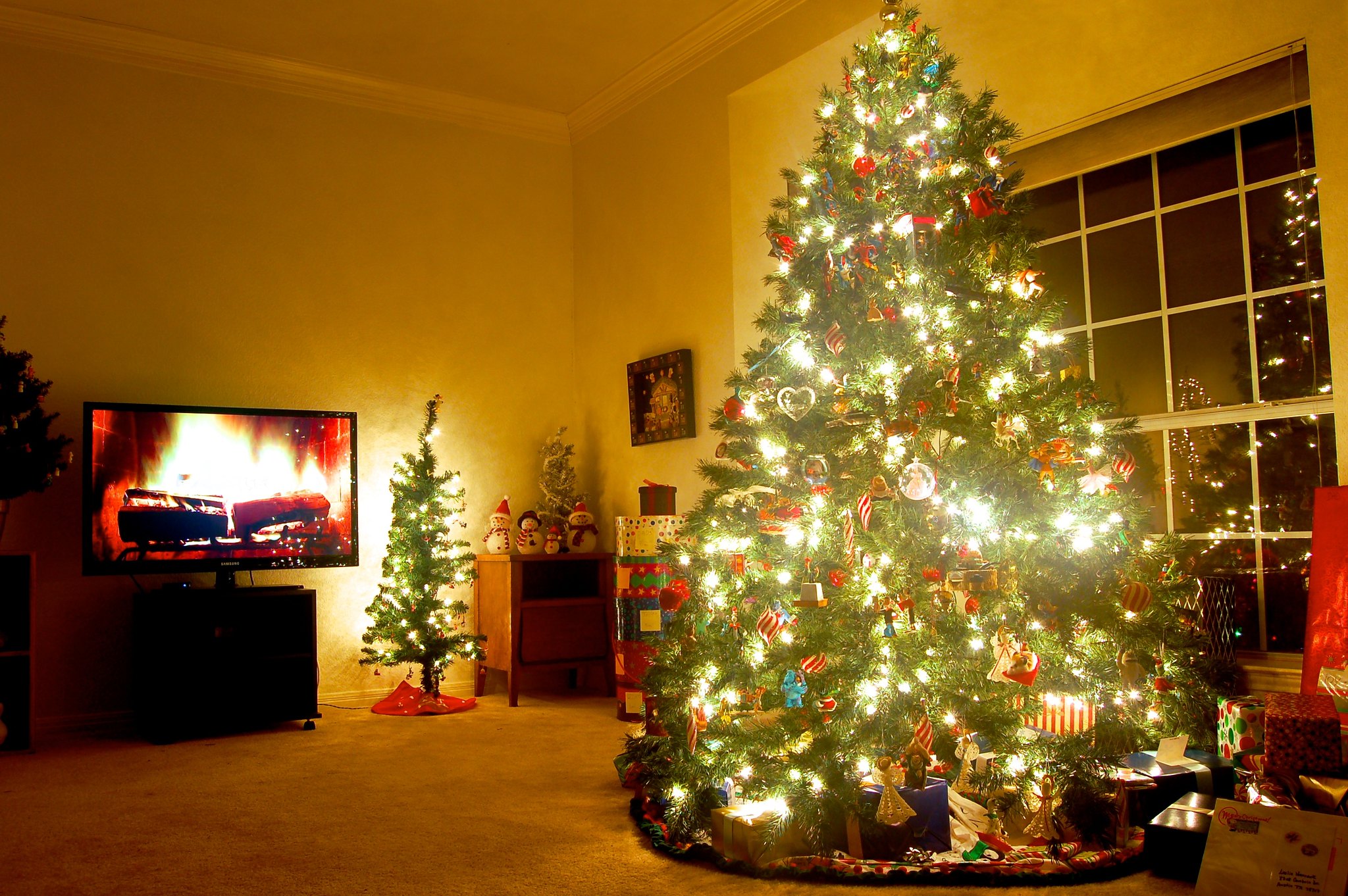Read the full article in the Tiqvah Magazine, Volume 1, Issue 4 (Oct – Dec 2023). Click this link to view
- Santa Claus, or Christmas Father (Part 1)
- The Christmas Tree (Part 2)
- Christmas Caroling (Part 3)
Christmas Caroling
Music has been a staple of Christmas celebrations around the world. There are the solemn choirs at Kings College, Christmas songs filling the stores across America after Thanksgiving, or high-energy caroling rounds found in the Mar Thoma parishes around the world. Whether religious or secular, they often embody the spirit of the season, which is marked by festivities of Christ’s birth, a cold winter air, or the retrospective introspection that comes at the closing of the year.
Early Christmas music was meant to teach the doctrines of the Church, especially regarding the incarnation of Jesus Christ. The earliest known Christmas-related hymns come from the 4th century. Veni redemptor gentium (Latin, ‘Come, Redeemer of the Nations’) was a hymn by Church Father St. Ambrose of Milan (374 – 397 A.D.). Mar Ephrem, the 4th century Syriac Church Father, also known as “Harp of the Spirit”, wrote a collection known as “Hymns on the Nativity”. Around the 12th and 13th centuries in Europe, the modern carol began to take shape. Many songs used the tunes of popular secular songs. That tradition continues, for example, the 19th century carol “What Child Is This?” is tuned according to the traditional English folk song “Greensleeves”. During the European Reformation, carol songs grew more popular. The publication of music books helped to popularize carols.
The tradition of going house-to-house came from the European tradition of ‘wassailing’. It is celebrated in January where the medieval peasants visit the home of the feudal lords to receive gifts. The feudal lord would give food and drink to them in exchange for their blessing and goodwill. Among the Kerala Christians, there is a tradition of house-to-house caroling in December. This may have origins in traditions brought by the missionaries in the modern era. Such practices may not have been present in the early centuries for the St. Thomas Christians. It has also only gained its height in popularity in the recent years. The Christmas Father, a group of church members, some drummers, and the priest makes the rounds from house to house in Kerala. After some songs, there is a prayer for the family and snacks and coffee/tea is distributed. Sometimes someone will loudly shout a Bible verse like Isaiah 9:6 (“For a child has been born for us…”). Among the diaspora communities, it is not always practical to have this form of caroling, but attempts are made on a smaller scale and mindful of the living spaces that the carolers visit.

Featured Image Credit: JD Hancock / End-image: Massachusetts Office Of Travel & Tourism
